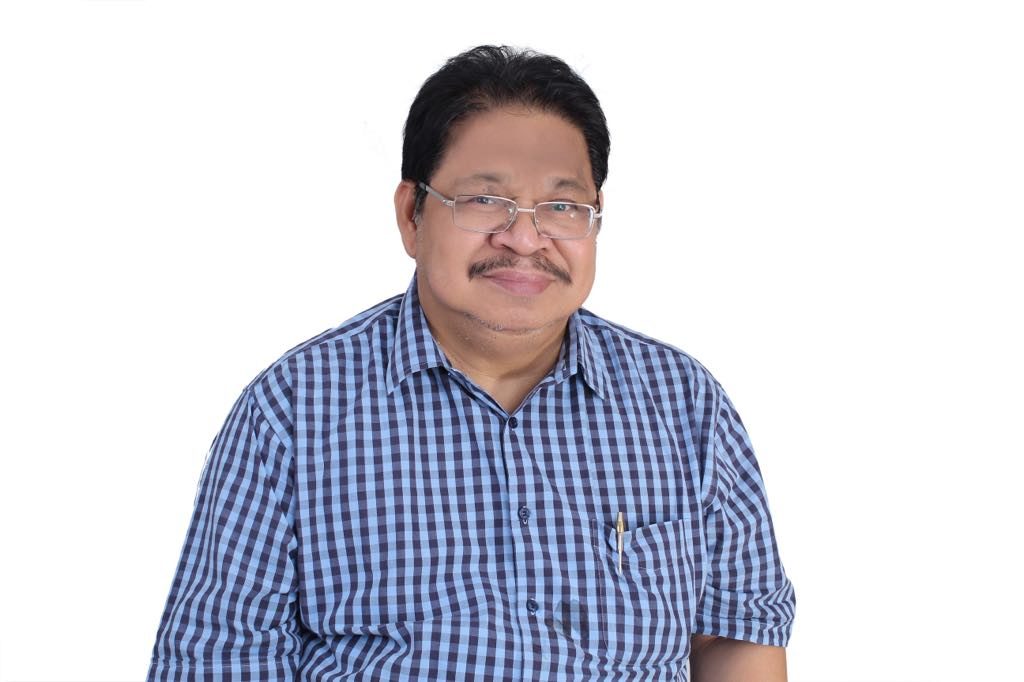
The good news is that proponents of the Maharlika Wealth Fund listened to the public’s concerns over the proposed sovereign wealth fund. The concerns are actually very real and valid. When proponents led by House Speaker Martin Romualdez first announced the MWF, its original form wanted to invest funds from state-owned pension funds Government Service Insurance System and the Social Security System. But the public did not like it.
Thus, in response to the concerns raised, the House Committee on Appropriations removed the two pension funds as sources of funds for the MWF. As Budget and Management Secretary Amenah Pangandaman said, “our legislators listened and now, they are fine-tuning the bill.”
There will be more concerns, I am sure, but everyone can continue to share their proposed amendments and hopefully, these will also be considered by our lawmakers. And admittedly, this is democracy at work and can be considered a victory for the people. Previous administrations, after all, weren’t as receptive, especially when it comes to pushing for laws they wanted.
From what I gathered, here are some of the latest provisions of the MWF:
With the removal of GSIS and SSS, the proposed MWF will now get its seed capital of P110 billion from the government. Of this amount, P50 billion will be sourced from the investible funds of the Land Bank of the Philippines (LBP) , P25 billion from the Development Bank of the Philippines (DBP) and the rest, from the dividends of the Bangko Sentral ng Pilipinas (BSP). This agency will provide more funds in the second year.
The proposed measure will create a Government Owned and Controlled Corporation (GOCC) to be called the Maharlika Investment Corp. (MIC). It will have its own chapter and will be in accordance with the rules of the Securities and Exchange Commission and the Securities Regulation Code.
It will be run like a private corporation with its own board of directors which will have 15 members led by the Secretary of Finance as chairman; The President of the Land Bank of the Philippines will be the CEO while the President of the Development Bank of the Philippines will be the president. There will be seven regular members from government financial institutions and four independent directors from the private sector.
In addition, MIF will have an advisory body which will include the Secretaries of Budget and Management, the National Economic and Development Authority and the National Treasurer. There will also be an executive department reportorial requirement which will be implemented together with congressional oversight.
Pangandaman said the MIF will also abide by the Santiago Principles of the International Working Group of Sovereign Wealth Funds, a set of principles that promote transparency.
These improvements are certainly welcome. But this is not to say we should pop the champagne bottles already. But it’s still important to see the MWF in its final form after all these undergo scrutiny this time by the Senators.
We should especially look at the safeguards. The proponents assured the public that there would be enough mechanisms to uphold accountability and transparency in managing the MWF including penalizing any official, director, trustee or officer found guilty of abusing the funds.
Offhand, however, I find the penalties very minimal, at P50,000 to up to P2 million. They must increase these penalties for it to really be a deterrent.
Nevertheless, the numerous changes indicate clearly that the proponents are really determined to push for the MWF. Why is this so?
Pangandaman said the reason for this is that Congress does not want to impose new taxes which could provide an additional burden to Filipinos. “Any measure, program, or law that will help our budget given our limited [fiscal] space right now is welcome news for me and the DBM”, Pangandaman ended.
In the end, sovereign wealth funds can indeed be positive for any country and investing isn’t bad. It is actually a way to grow one’s wealth. It is also an opportunity for government to invest large scale government projects , like modern nuclear power plants, modern airports, new toll roads, subways, specialized hospitals in Visayas and Mindanao, plus oil exploration , drilling and mining in our territories. Anything is possible, like the Norway and Singapore experiences, but in the case of our Maharlika Wealth Fund, the devil will be in the details.
While the changes are a step in the right direction, the public deserves to know what the measure will look like in its final form.
Just removing the GSIS and SSS won’t be enough. Proponents must also ensure that the funds from Landbank, DBP and the BSP are surplus funds and won’t be taken away from their mandated beneficiaries such as entrepreneurs, and the farmers, for example, in the case of Landbank. More importantly, the funds from the investments must be used to benefit the public such as for health and education.
As I said earlier , the devil will be exposed in the details. We have yet to see what’s in the final form. And while we’re at it, proponents may want to consider dumping the Maharlika term because many still remember this as a propaganda tool of the late Ferdinand Marcos Sr.’s regime. Change it perhaps to Philippine Investment Fund (PIF) or another name acceptable to both houses of Congress.
(end)

